INFOS & SERVICE
OUR OTHER WEBSITES
Arrive in Chengdu
Enjoy Chengdu leisurely daily life, Kuanzhai Xiangzi, drink tea in People’s Park
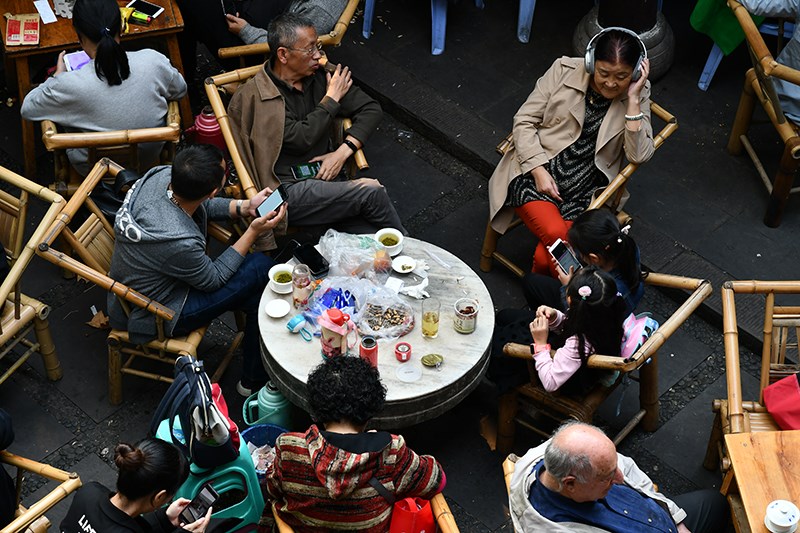
Chengdu - Maobiliang - Siguniangshan Town
Shuangqiao Valley, Sunset of Mt. Siguniangshanz
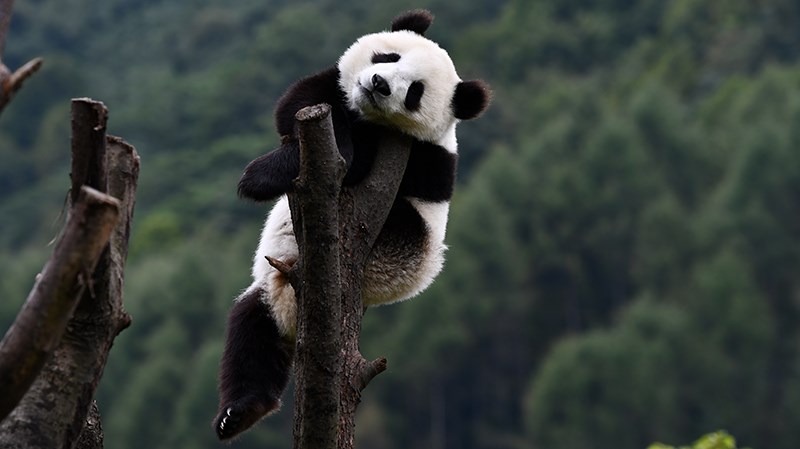
Siguniang Shan Town - Wolong - Taoping
Shenshuping Panda Base in Wolong National Nature Reserve
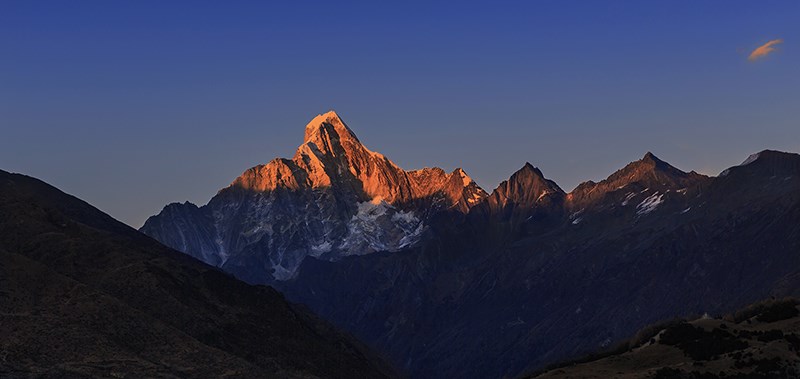
Taoping - Maoxian - Songpan
Taoping Village of Qiang Minority, Songpan Ancient Town
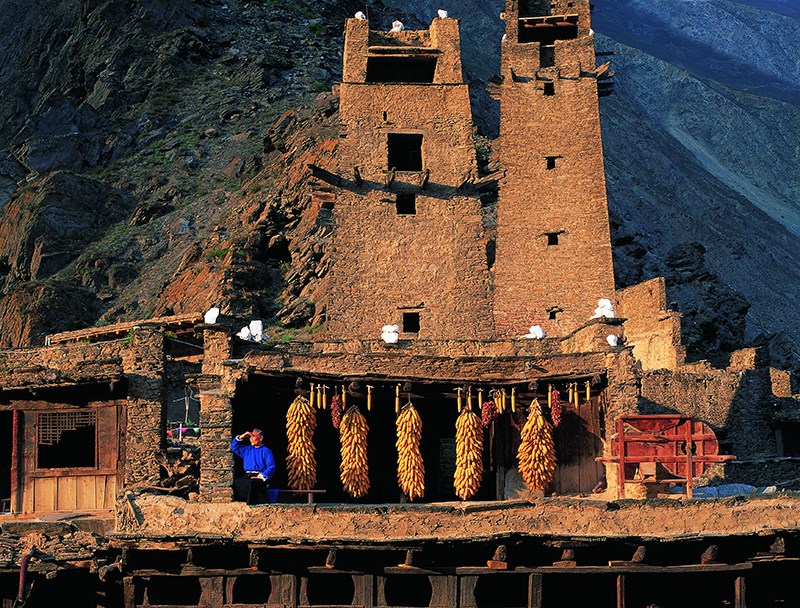
Songpan - Huanglong - Jiuzhaigou
Walking and sightseeing in national park Huanglong (Yellow Dragon)
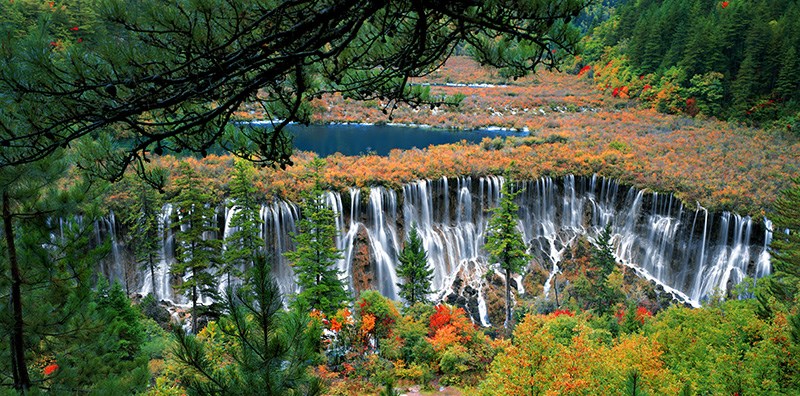
Jiuzhaigou
Walking and sightseeing in national park Jiuzhaigou
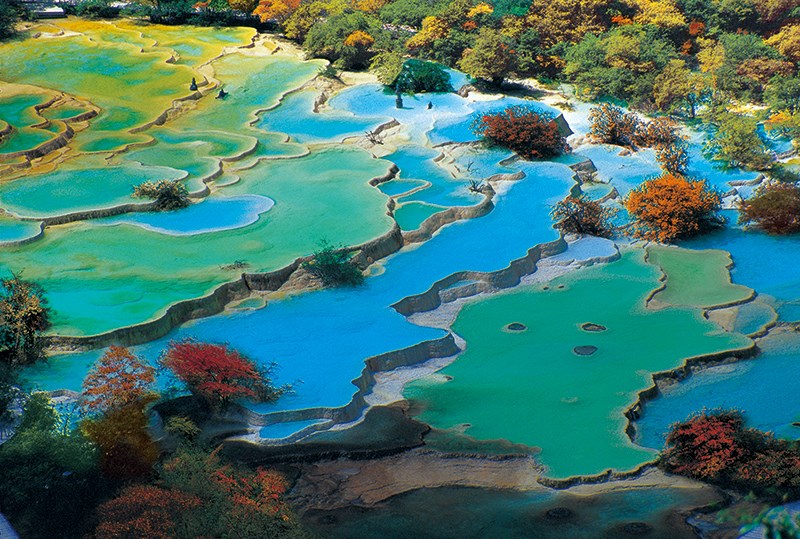
Jiuzhaigou - Shenxianchi - Zhagana
Shenxianchi (Fairy Pool), Zhagana
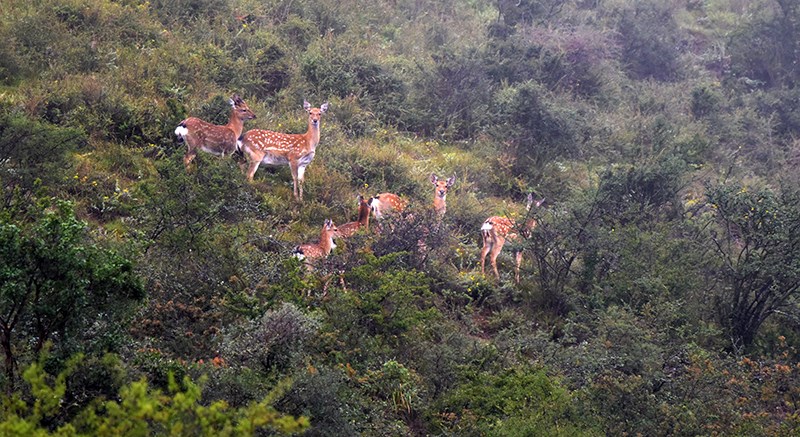
Zhagana
One day depth trip in Zhagana
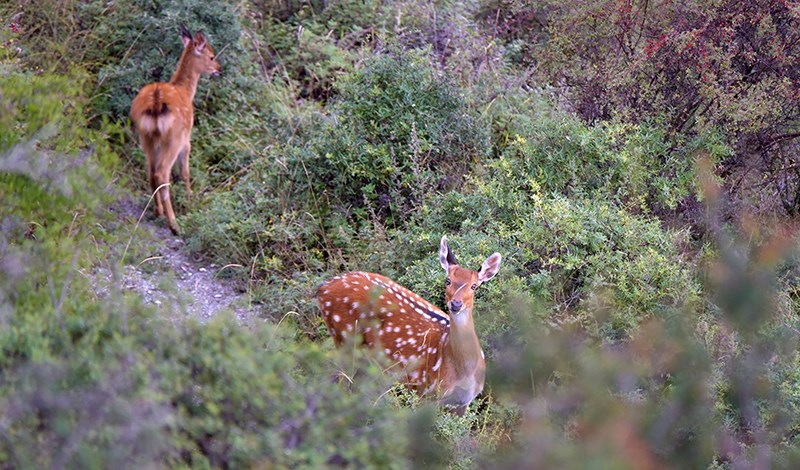
Zhagana - Langmusi
Sichuan Sika Deer in Donglie Town and Chong’er Town, Langmusi
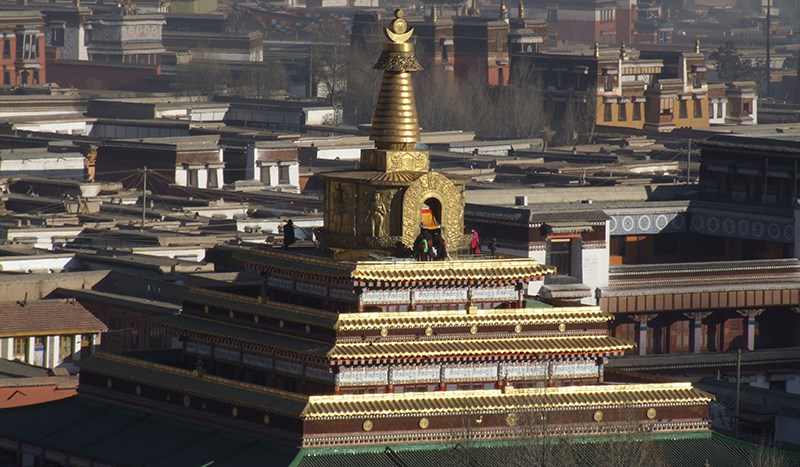
Langmusi - Hezuo - Xiahe
Milarepa Monastery. Labrang Monastery

Xiahe - Tongren - Xining
Longwu Monastery, Tibetan Rebgong Art
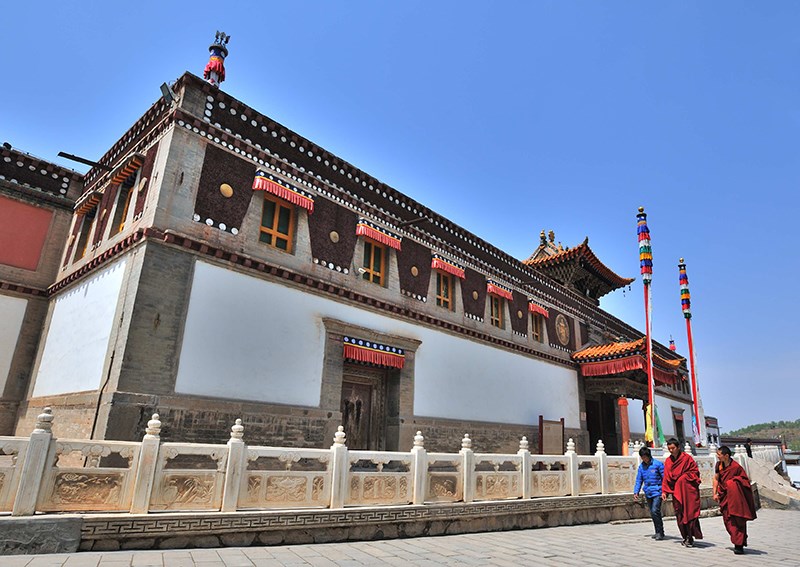
Leave Xining
Kumbum Monastery, Grand Dongguan Mosque
Private travel, great experiences! Please contact us for your tailor-made travel offer.
With individual China Tibet travel, you can decide when, where and how you go on tour by yourself. What's more, you can choose the length of travel and whom you go with.